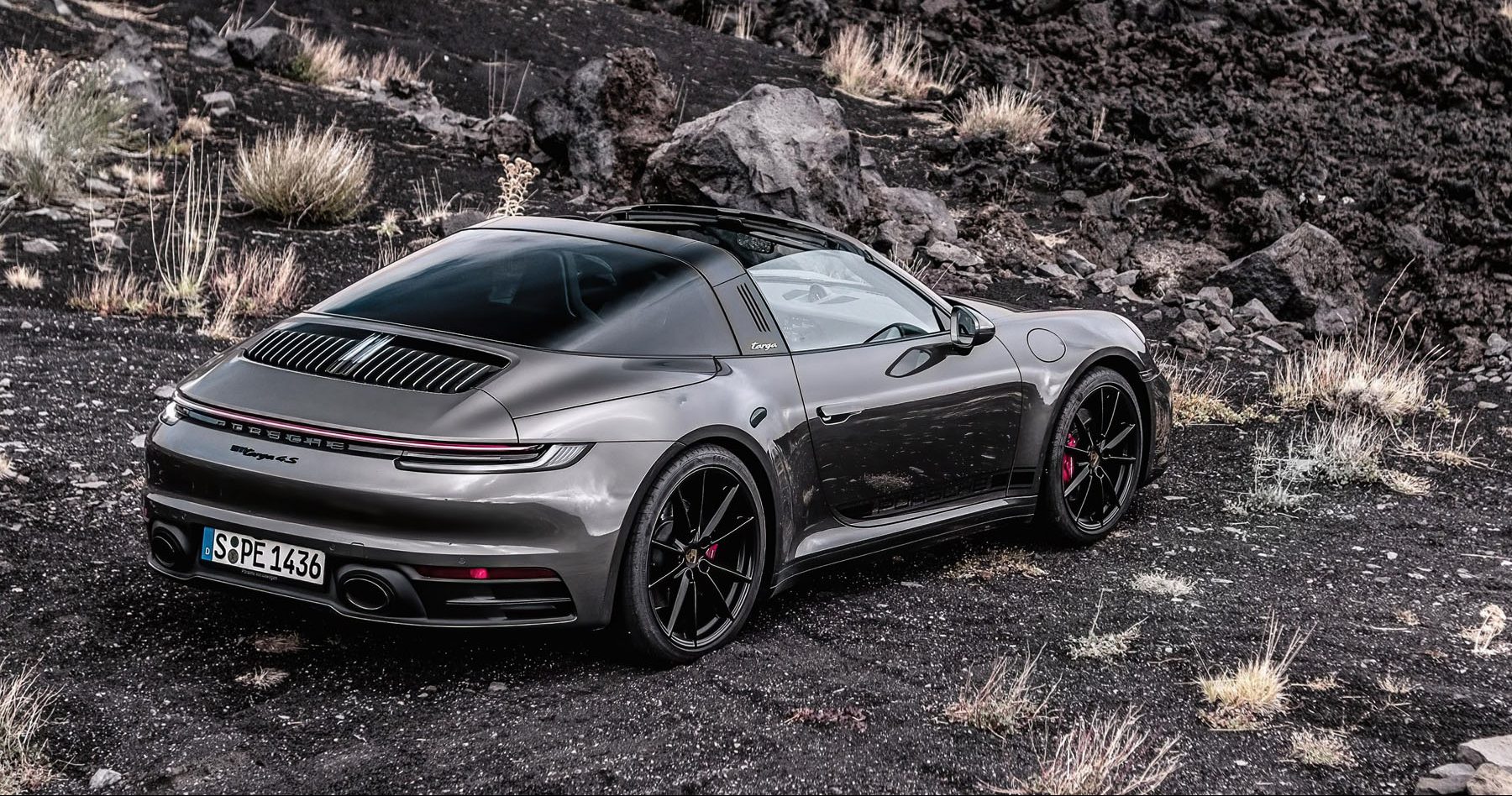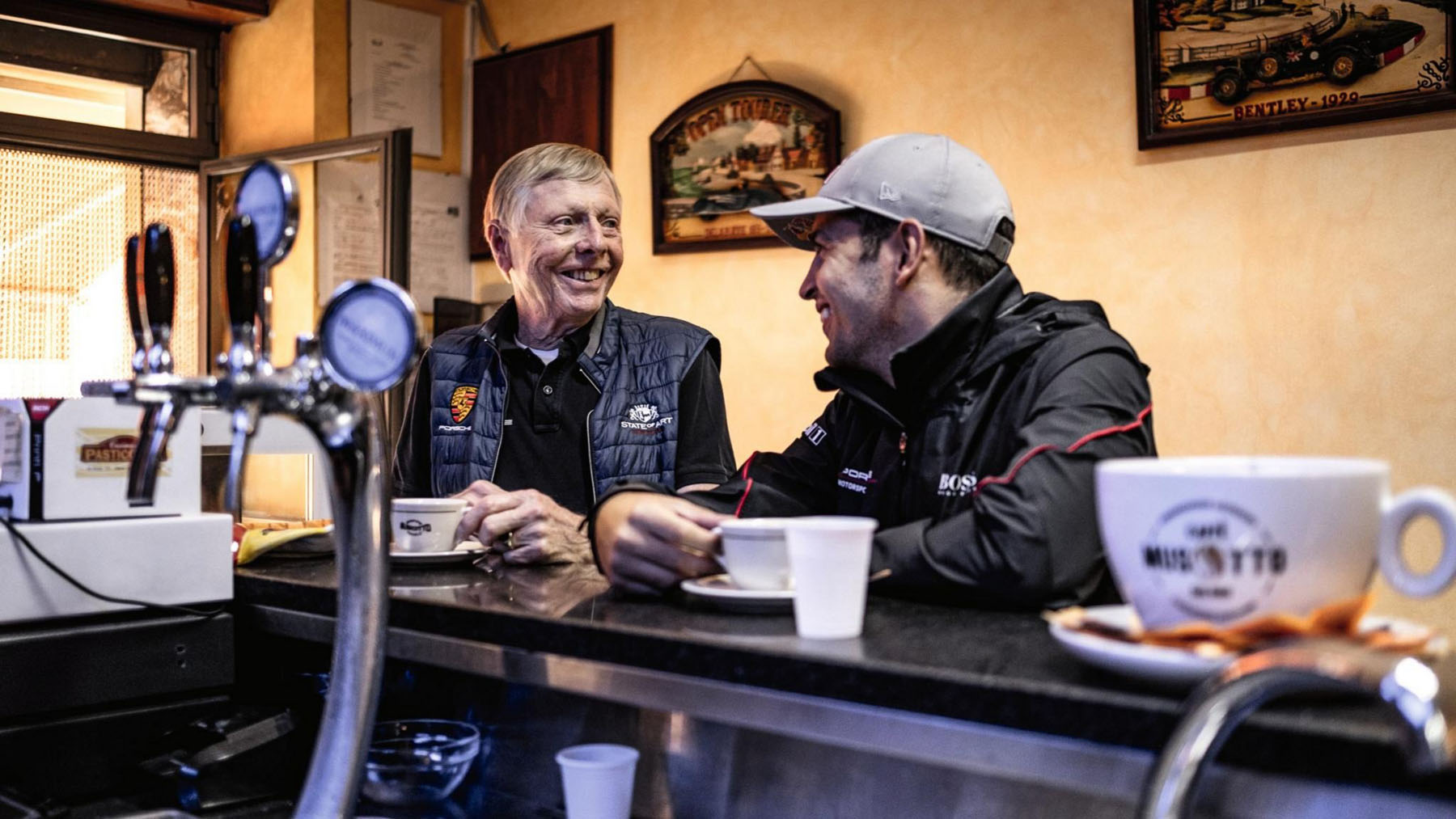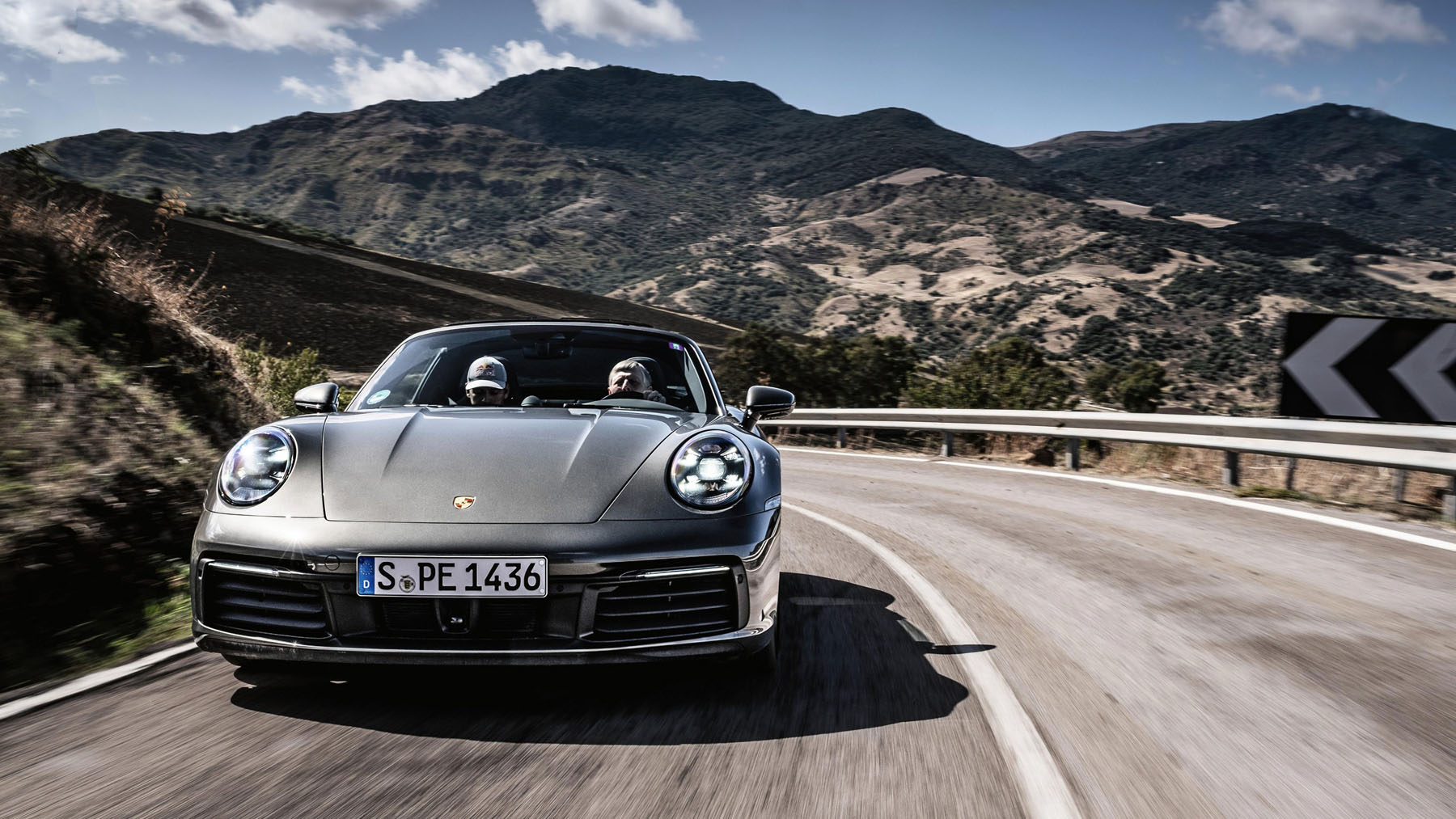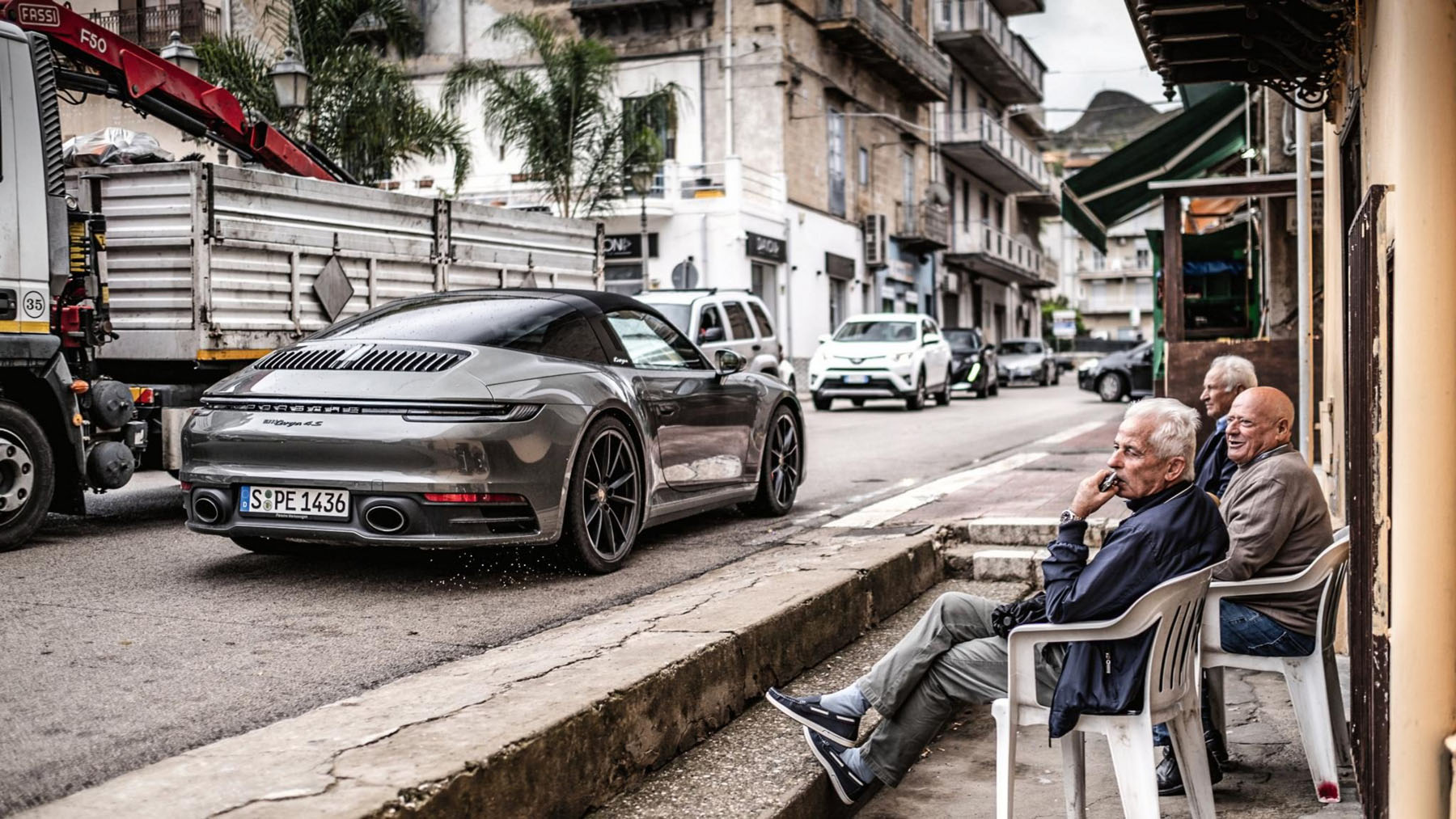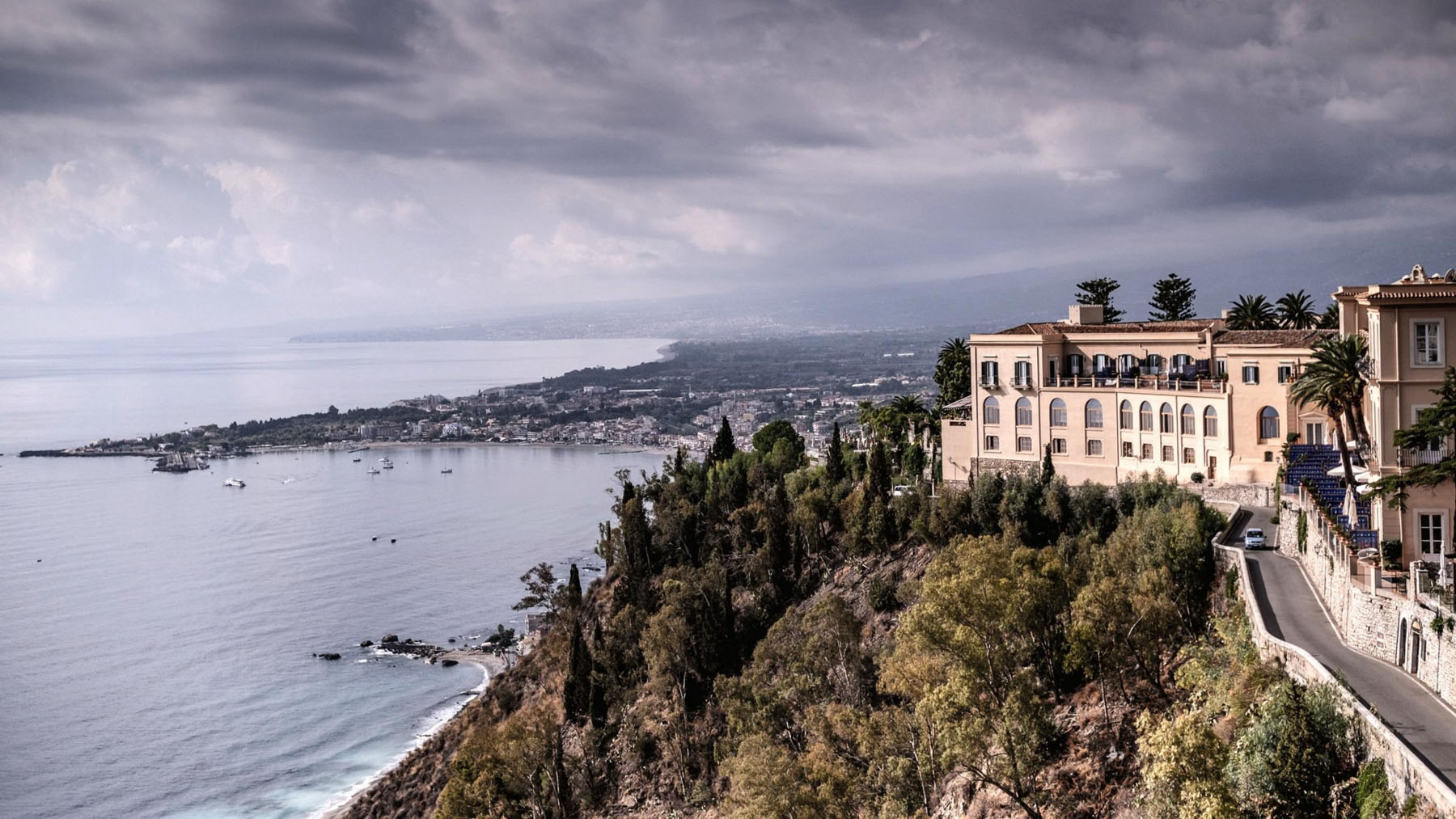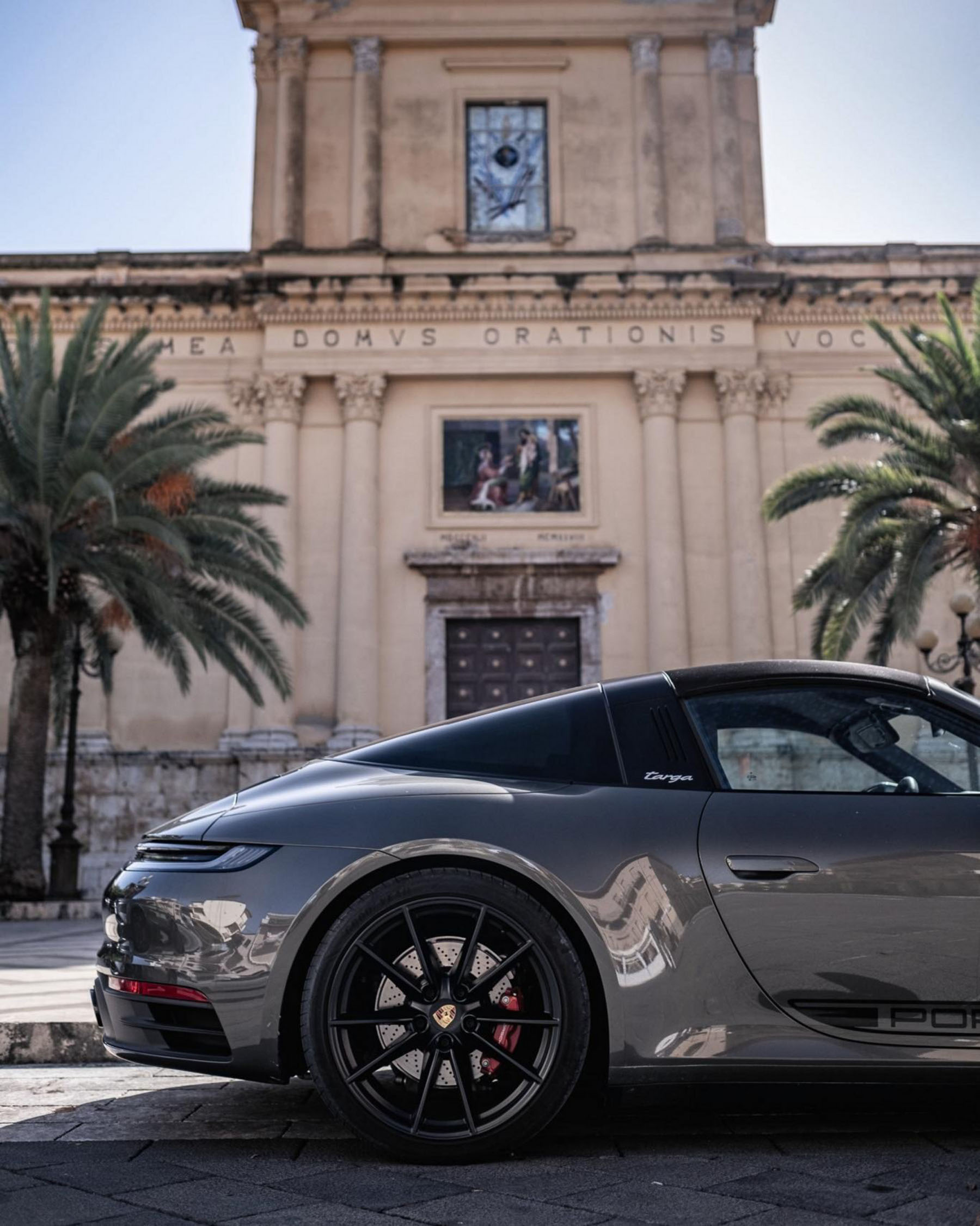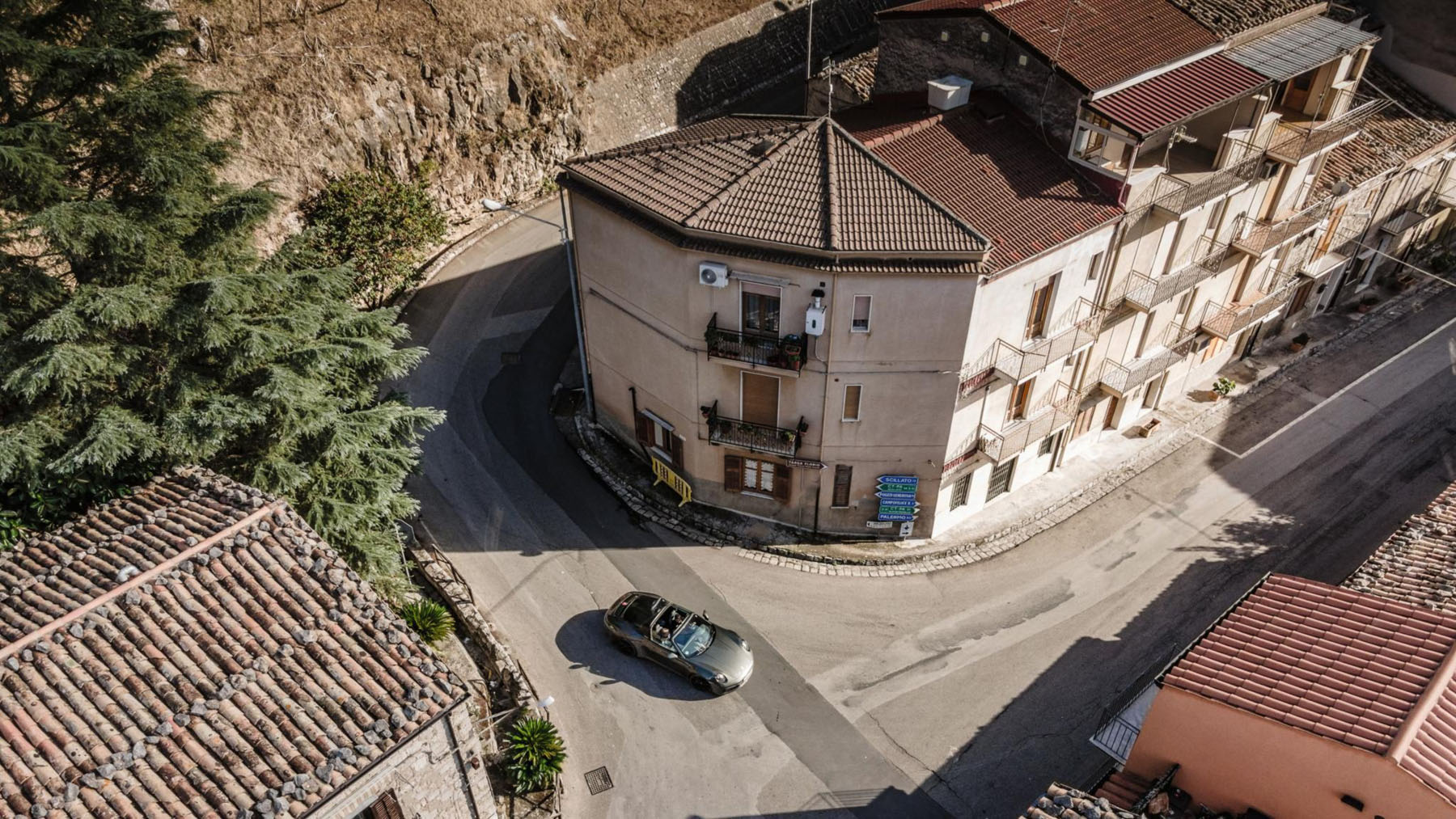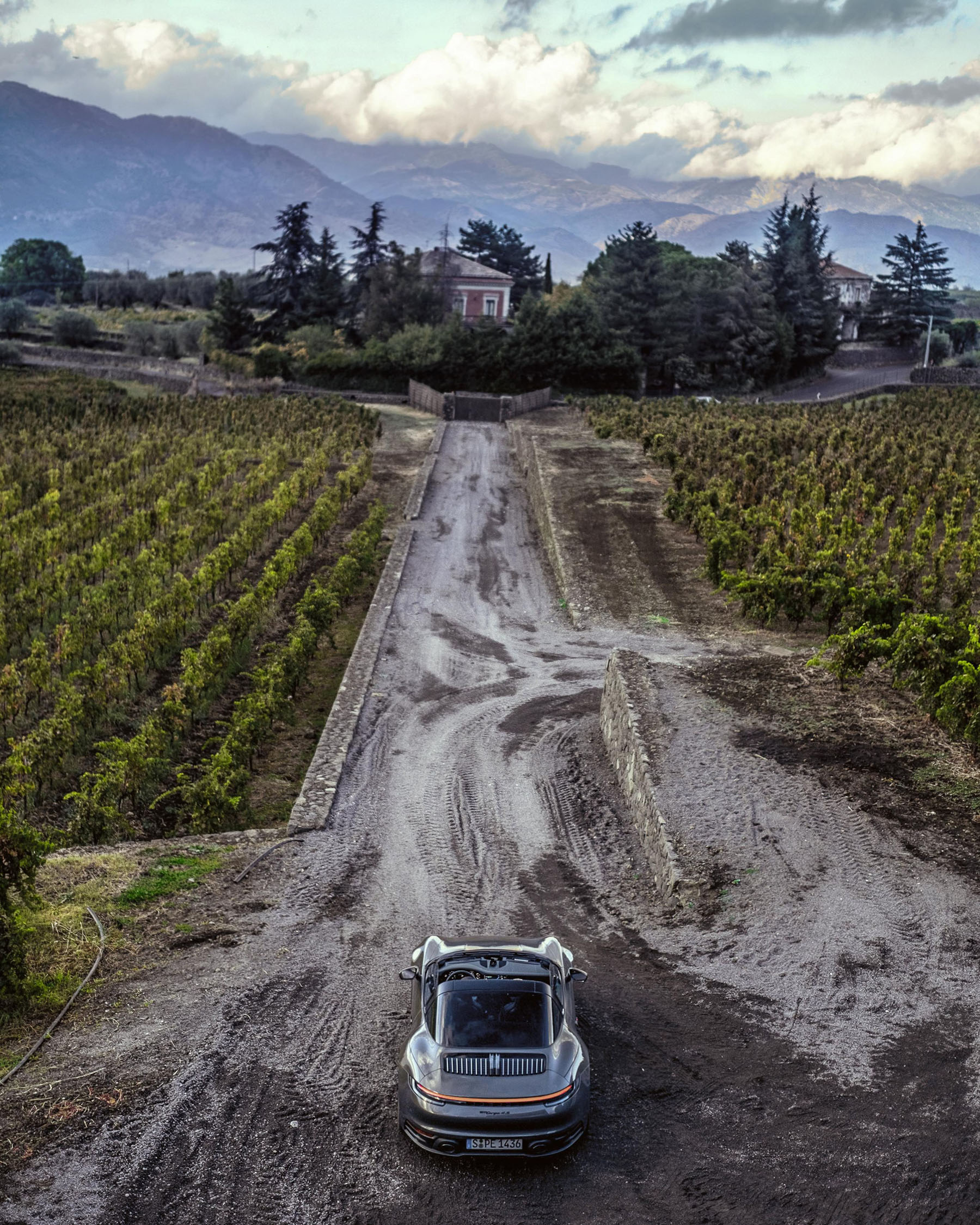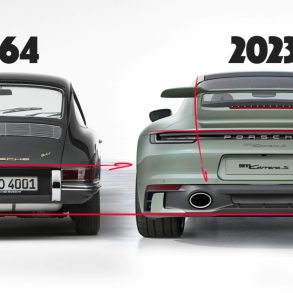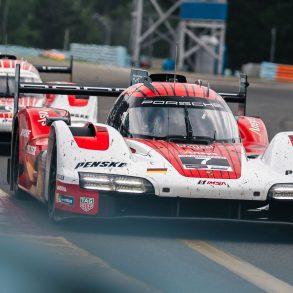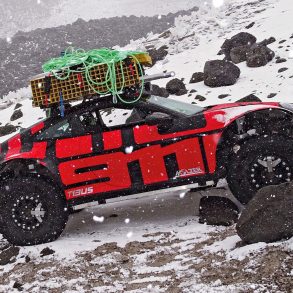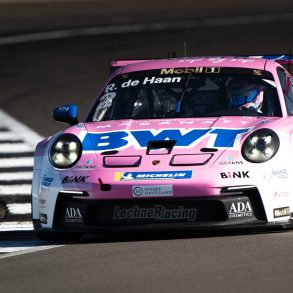The life of Jonkheer Gijsbert “Gijs” van Lennep is by no means short of special moments. In 1971, he won the legendary 24 Hours of Le Mans in a Porsche 917, repeating the feat in 1976 in the Porsche 936. He drove in Formula 1 and won the sports car class in the 1,000-kilometre race at the Nürburgring. And yet 13th of May towers above all the other victories. It was the last race of its kind. And Gijs won it. Even though, at the start, nobody would have bet even one lira on him winning.
To finish first, you first have to finish
The favorites, who lined up for the 57th edition of the Targa Florio that day, seemed unbeatable. The strong vehicles of Alfa and Ferrari were clear favorites for the win. They were driven by some of the most famous drivers of their time – Italians no less, who were very popular with the Sicilian public. Only a few suspected that this would be the last time the race on public roads was to be part of the World Sportscar Championship. None of the thousands upon thousands of spectators along the route expected to see the silver Porsche 911 RSR, with its eye-catching Martini livery, taking first place.
Even Gijs was a realist and had aimed for fifth place. But what is one of the most important sayings among race car drivers? To finish first, you first have to finish. And so, in the end, the win didn’t just go to Gijs and his partner Herbert Müller, but also to the reliability of their 911 RSR. They had finished developing it a few months earlier in icy temperatures on the Paul Ricard racetrack together with the racing team from Zuffenhausen. “In the early morning, we scraped the ice off the cars, and then we drove lap after lap until the car was as perfect as we wanted it to be.”
When can a race car driver enjoy the scenery
Almost 50 years after his legendary victory, we revisit the route of his iconic triumph together with Gijs. We drive the original 72 kilometers of the Piccolo Circuito delle Madonie, which the participants of the Porsche Travel Experience Sicily also visit on their journey. But above all, we take a look at the beauty and attractions that Sicily has to offer on either side of the former racetrack – a perspective that Gjis was never able to appreciate during his active racing career. The Targa Florio was far too brutal for any racer to take their eyes off the road even for a second.
Driving the 911 RSR to victory
The risk of dying was always present. What was it like to race at top speed through small villages and along country roads where a donkey might suddenly appear around every bend? “We just assumed that it wouldn’t happen to us,” Gijs recalls. “Actually, it was quite simple in the end: we drove every lap to the fullest and simply couldn’t afford to make any mistakes. Not one. Not even the tiniest. Because that would inevitably be the end of your race. And of your life, most likely.” Today, Gijs enjoys taking a relaxed approach on the road so he can take in the beauty of the Sicilian landscape. Preferably in the passenger seat of the latest 911 Targa. Especially when he is chauffeured by a knowledgeable hand.
Rooted in today and tomorrow
Ayhancan Güven is one of the most talented Porsche junior racers. As is common nowadays, he is not only successful on the racetrack in the current 911 GT3 Cup, but also as a sim racer. Targa Florio, yes, of course, he has heard of it. But no, he doesn’t know any details. He is far too focused on the present and the future to concern himself with the past. We stop in the center of Cerda, through which Gijs hurtled at top speed in 1973. When he climbs out of the cockpit of the 911 Targa, it is not long before he is recognized by the old men enjoying the afternoon in the shadows of the church. Gijs is a legend here, where they cherish the memory of the great times of their Targa Florio.
Inside the café, old photos from the days of the great road race hang on the walls. And yet they mean very little to the young barista who serves us a hot coffee. Arace? Yeah, there was something here. People would come by again and again, like us today. And yes, Daniel Ricciardo has been to his café before. He wants to know if we know him – he is a fan of Formula 1.
What is risk?
As we travel over the winding roads of the Parco dei Nebrodi, we ask Ayhancan if Formula 1 is also alluring to him as a young race car driver. But he just brushes it off – he has other goals. He wants to race in one of the great long-distance classics – and to win it of course. Le Mans, or the 24-hour race at the Nürburgring. Risk, he says, is an automatic response that kicks in as soon as he gets behind the wheel of a race car. It’s one of many factors he coolly calculates – in the simulator as well as in a real race car on the track. For him, risk does not mean the possibility of losing your life similar to that of a race car driver, as in Gijs’ time. “For me, risk means the possibility of retiring from a race due to an accident and losing the race. Yes, the original form of risk is lower and more controllable for me and my competitors today. On the other hand, the challenges that we face as young race car drivers today have changed.”
A greater understanding of complex technology is required. One needs to develop an analytical approach when working with the team, coordinating the setup and focused work with the media. Then, there is also the development and ongoing maintenance of a social media presence. And even the perfect diet. Discipline every second of the day. Alife that is under complete control. Which he maintains even when we stop at the foot of Mount Etna at the Pietradolce winery. He only drinks alcohol once a year – at the end of the racing season. Then he and his buddies let it rip. While Gijs enjoys the rich character of the red wines, shaped by the dark lava soil, and delights in the fine nuances that the soil here produces, Ayhancan follows the explanations of cellar master Giuseppe Parlavecchio with interest, without taking a sip. Somehow, it seems to us, Gijs and Ayhancan not only embody two completely different generations of race car drivers, but at the same time seem a bit like thesis and anti-thesis of one and the same thing.
Why does this analogy creep into our minds here in the clear-cut, cubist-style concrete building that the art-loving owners of the winery built between the vines at the foot of Mount Etna a few years ago? Perhaps because the cool objectivity of the architecture itself seems a little like the antithesis to the urban chaos of Palermo, from which we had just escaped on our early morning departure for the Sicilian interior. Abold analogy, yes. But during our fleeting visit, Sicily presented itself to us as an island of extremes. We would have loved to have discovered more facets of the island if we had followed the route of the Porsche Travel Experience Sicily.
To the ancient temples of Agrigento. The late baroque ensembles of the towns in the Val di Noto. Or the moments of pleasure in the fine hotels and restaurants that also characterize this Porsche Travel Experience. But Ayhancan only has two days free in his tight schedule. The next commitment is waiting. And a family matter is calling Gijs back to Holland. Of course, he will stop by here again. In 2023, perhaps, for the fiftieth anniversary of his special Sicilian moment, which I’m sure will be celebrated to the full.
All content © 2024 Dr. Ing. h.c. F. Porsche AG


